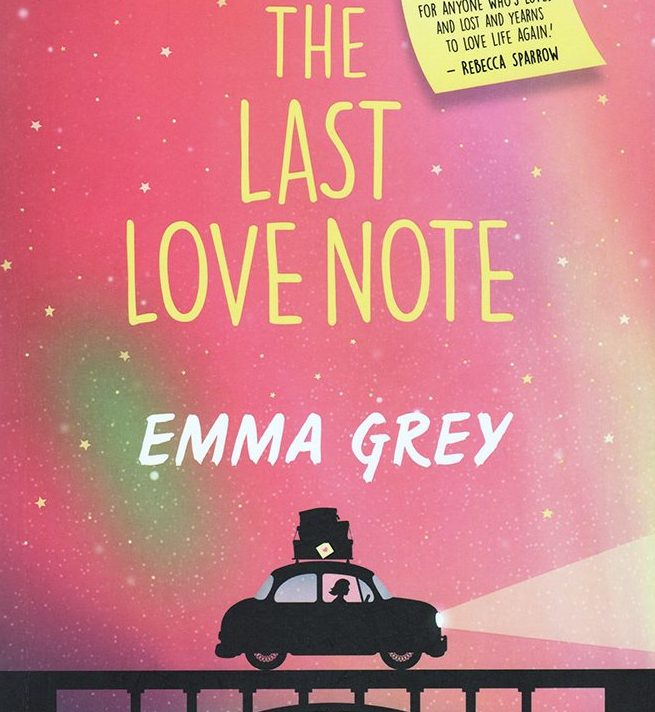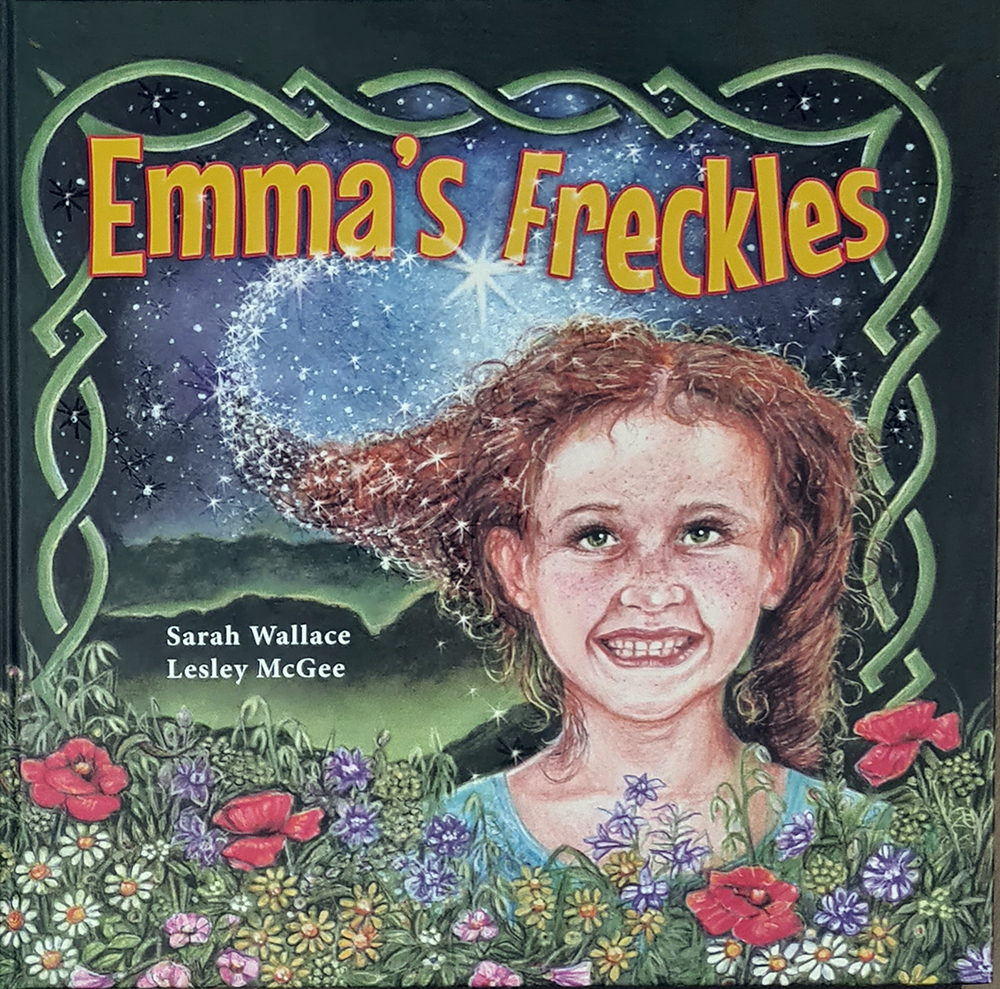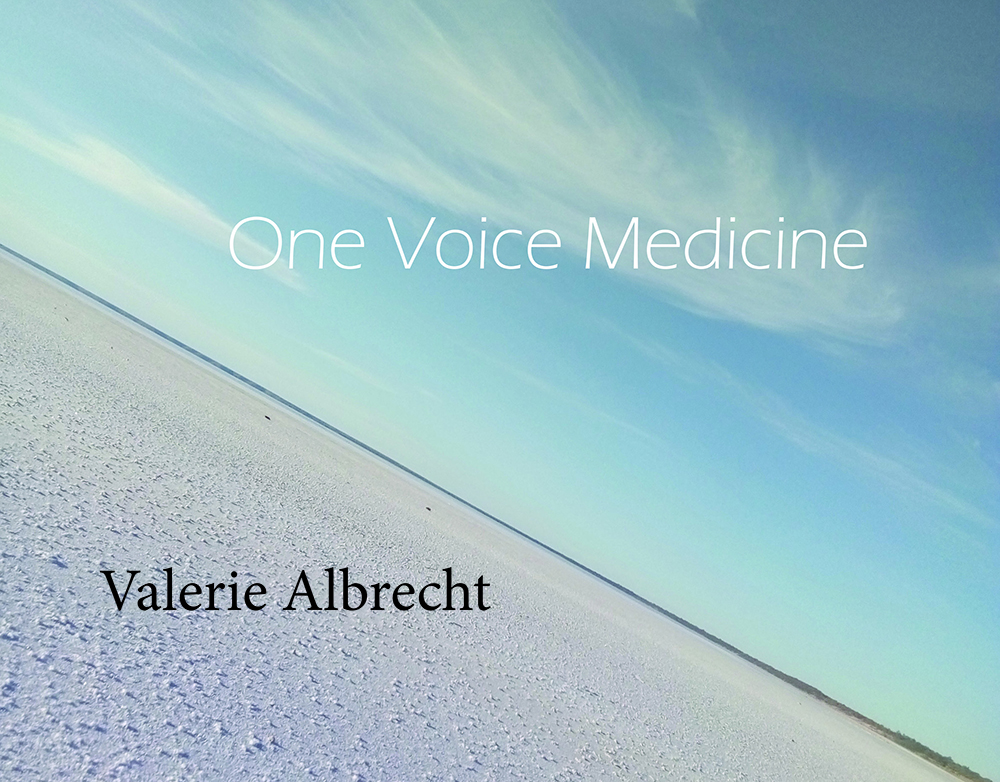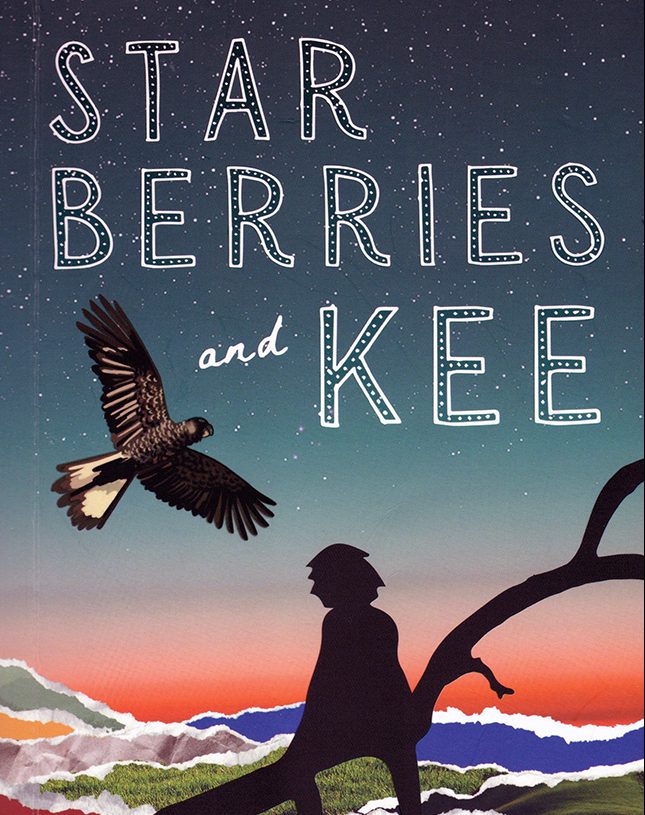
Emma Grey’s The Last Love Note reads like a rom-com but goes much deeper. Photo: Supplied.
The books for this month are united by themes of change and renewal.
Emma Grey’s affecting study of grief in The Last Love Note is mantled in a rom-com. The heroine loses her husband, the love of her life, at an early age to Alzheimer’s as well as suffering a miscarriage. Both griefs are painfully laid bare.
The imperative to move people along when they grieve denies the process it due and this fact is what we take from the tumult of the Mr Darcy-esque love affair in this story. The beautiful and clever metaphor of the Northern and Southern Lights reminds us to seek the elusive but to wonder at the everyday invisible.
In this deeply personal work wrought from her own experience, the author reminds us to move out of the darkness and always towards the light.

Sarah Wallace’s book Emma’s Freckles brings a Gaelic myth to life. Photo: Supplied.
While on the subject of night skies and the invisible, let me point you to Emma’s Freckles, with words by Sarah Wallace and pictures by Lesley McGee.
Based on the Gaelic legend that explains how people came to have freckles, the story is about valuing difference. Heroine Emma wonders why she has freckles and her classmates do not.
Her grandmother explains that the ancient Gaelic gods wanted to ensure that human beings did not forget their ancestors and the wonders of the unseen universe. They sprinkled people’s faces with star maps, a reminder of their place in the universe.
The artist uses both old fairytale book and traditional illustration styles to tell the visual story with pages festooned with stars and images from legend. Together with the text, this provides a strong message to young readers to value individuality, heritage and ancient wisdom.

One Voice Medicine by Valerie Albrecht investigates natural healing. Photo: Supplied.
More ancient wisdom is to be found in Valerie Albrecht’s One Voice Medicine. Valerie Albrecht has conducted many conversations across country with traditional healers and brings them to us more or less as transcribed in this photograph-rich text.
Her purpose is to inform western practitioners of ways to approach First Nations peoples in order to provide effective health care, especially in remote regions. It encourages respectful professional listening and mutual learning between traditional and modern western health providers.
The author’s meticulous approach to this field research work and her multiple consultations with First Nations people have resulted in a work of great practical value and of refined visual beauty.
Note: full disclosure, I worked on this book for Valerie as designer.

Cate Whittle’s Starberries and Kee is solar punk for the mid-years. Photo: Supplied.
Finally, Cate Whittle and Starberries and Kee, a middle-grade fiction described by its publisher Storytorch Press as ‘solarpunk’. Solarpunk is a subgenre of science fiction, works speculating on how the future might look if humanity succeeds in solving major challenges like climate change and pollution.
In this book, two communities are contrasted in the figures of Wren and Hannah. Wren has led a reclusive life with Old Man hiding out in the mountains.
Old Man’s death results in his entry into a populated world where folk live in underground houses due to the extreme temperatures and climatic conditions.
There he meets Hannah, who has also been dislocated from her city home when her great-grandmother requires the care of Uncle Jarod and hence a return to her rural roots.
Young readers will find nothing strange in the adoption of post-apocalypse lifestyles, I suspect, and their adults will find the reminder of what they have done (in the near future) uncomfortable.
The book is another recognition of the maturity of our middle-grade generation and their capacity to process the difficult thorny questions that their parents and grandparents have not yet fully come to terms with.
Barbie Robinson is co-founder and a content creator for Living Arts Canberra, a not-for-profit media outfit supporting arts and community in the Canberra region and books worldwide through its website, podcast interviews and a 24/7 internet radio station at livingartscanberra.com.au.












